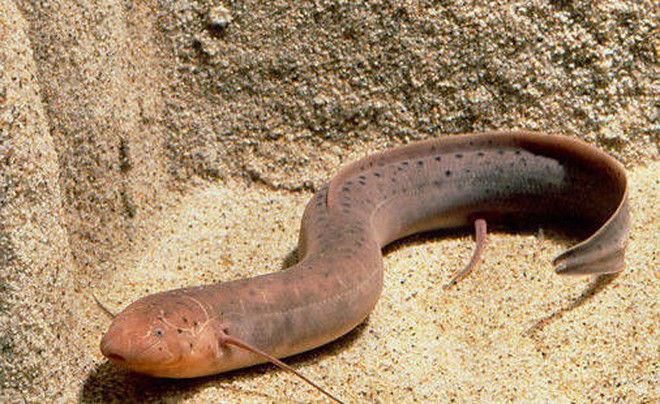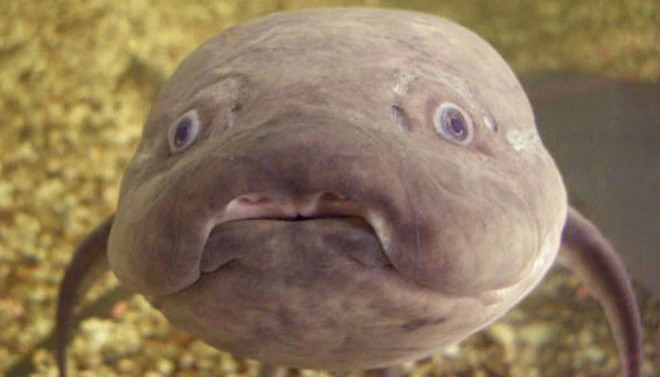Have you ever thought that there is a fish species that can survive on land without any problems?
Not only that, they can also bury themselves in a cocoon to sleep, waiting for the rainy season to return for many years?
If you do not believe, you need to find out immediately the African lungfish right below.

Considered one of the strangest creatures on Earth, but the number of this African lungfish is not much, living mainly in Africa, South America and Australia.
Lungfish have a snake-like shape, they can grow large, the size can reach 2m.
The special ability of the lungfish is to live long, to overcome the drought without “single”.
They can bury themselves in the mud or fall into a state of “hibernation” during the dry season, then when the water season rises, they come back up and live as if nothing happened. It is known that when hibernating, the metabolism of fish will only be 1/60 of when they are normal.
Not only that, they also have the ability to convert protein-based waste into urea, a less toxic form of waste instead of ammonia.

According to experts, the reason this fish is called lung fish is because they use lungs in combination with the activity of gills to breathe. They need air to breathe even in normal conditions, so if kept underwater for a long time, they can even drown.
Whenever a prolonged drought dries up ponds and lakes, lungfish will burrow in the mud to hide. The mucus they secrete dries to form a cocoon that helps keep the body warm.
Cocoons help African lungfish withstand drought for up to 4 years.
This cocoon is large enough to maintain the surrounding air flow, helping the fish’s lungs continue to suck in air and the network of blood vessels in the bubble, filtering oxygen to nourish the body. It is this adaptation that will help lungfish survive the drought season easily.

In addition to the characteristics of breathing in the air like terrestrial animals, lungfish also have the ability to move with 4 thin appendages on the body.
According to experts, fossils of lungfish have been found, revealing that this creature appeared 400 million years ago and is considered the common ancestor of all tetrapods today.
The movement of lungfish, although still “struggling”, has also helped experts point out a special ability to move, which evolved from the water before the animal was fully adapted to life on land.











